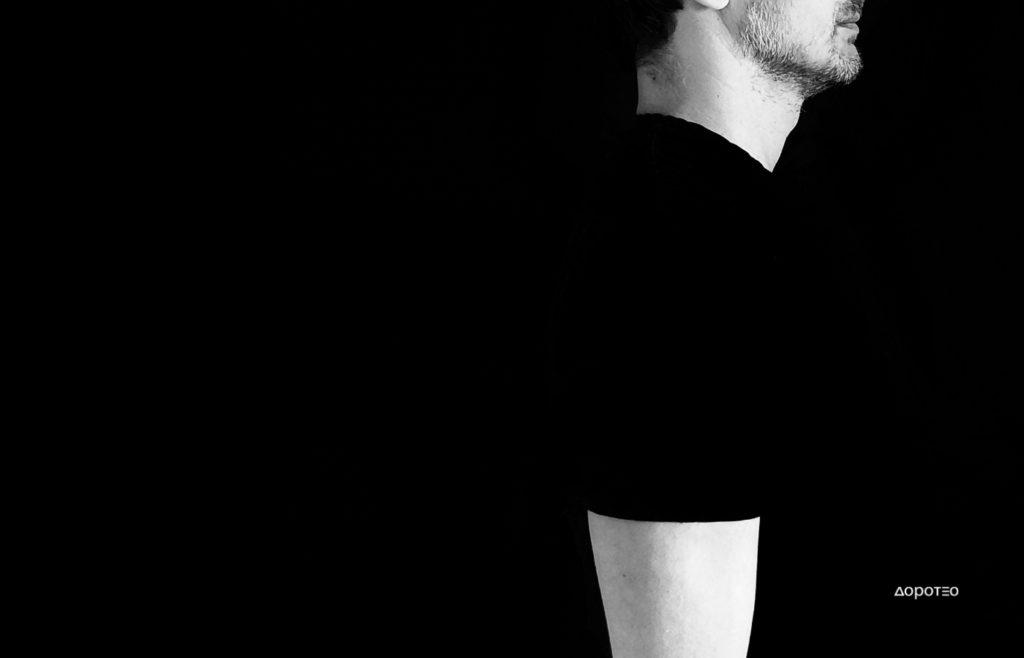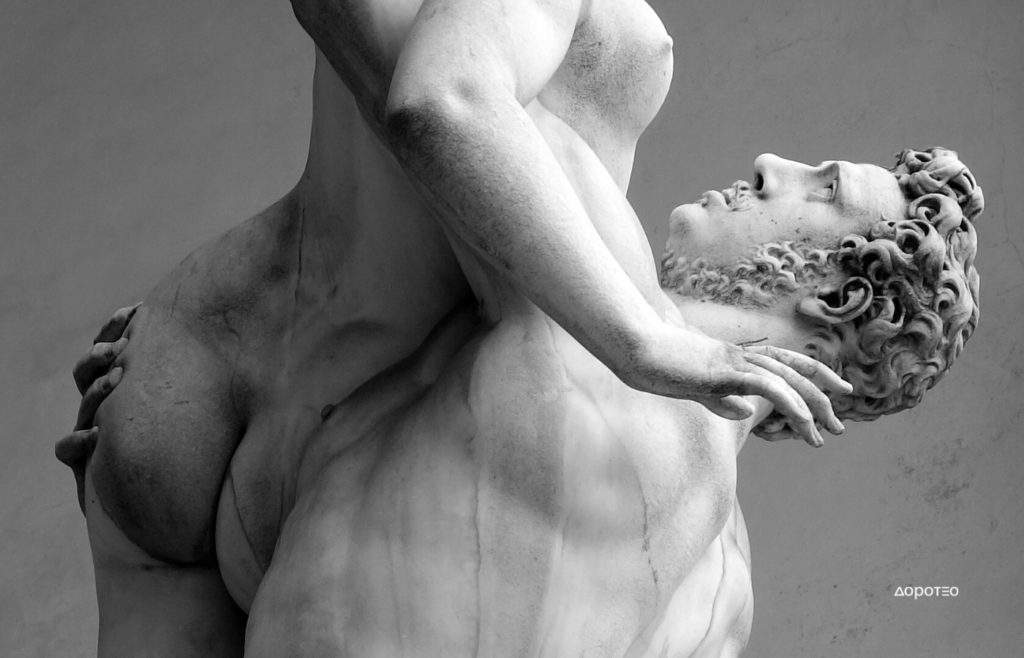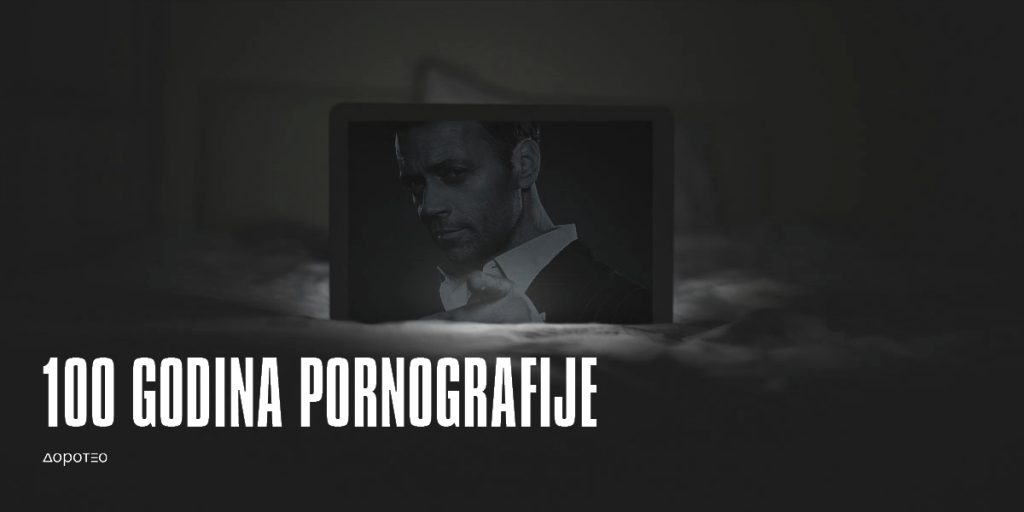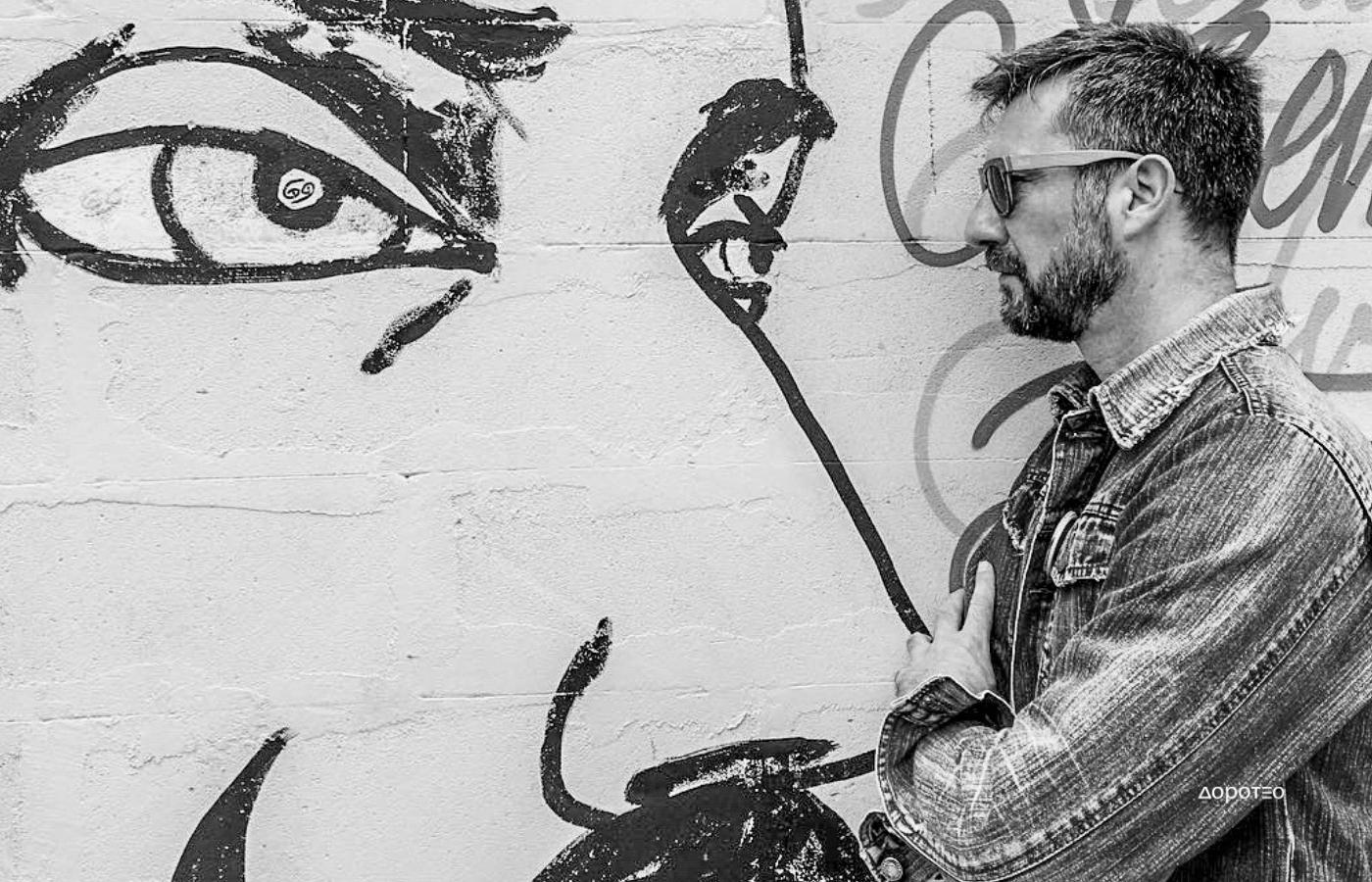
MASTER OF IT’S OWN IDENTITY / BY DALIBOR JAKUS
Identity is often seen as a controversial topic. Whether it’s fictional or real, (de)politicized and/or aesthetic, gendered or motivating, identity is considered a powerful political tool and an essential social construct. It also allows individuals to define themselves. In a sense, we daily “perform” our own identity—or perhaps, at any given moment, “perform” a wide range of different identities. Implicitly, we live in a society that constructs various final identifications and often supports the maintenance of hierarchical systems and exclusive ideological constructs of gender, identity, and sexuality, or what is defined as the “exclusionary matrix.” This can result in displacing any discursive system that resists these exclusionary systems.
On the other hand, the performance process is both reality and metaphor. It can serve as a rehearsal for exploring different identities and sexualities, creating a space for free living or spiritual practice ranging from creative to reincarnative. Bodies perceive and feel their ownness but also remember how not to be a body or how to be someone else’s body.
In the creation of inner life, the performer’s imagination freely aligns with the situation, telling a living story. Just like performing artists, we live in our bodies and our identities, but sometimes, perhaps inadvertently, from other, even opposing positions, both gendered and non-gendered, other people’s stories hold meaning for us, while we read (un)familiar texts as books about our own body, our own self. This awakens our beliefs, emotions, ideas, or actions, opens perspectives, and offers a new context, potentially humanizing previously distant social issues in whose vortex we have consciously or indeterminately taken sides—either that of liberation and mobilization or that of doubt and control.
Does this mean that my identity is a collection of multiple identities within one matrix, or do multiple matrices make up one (my) identity?
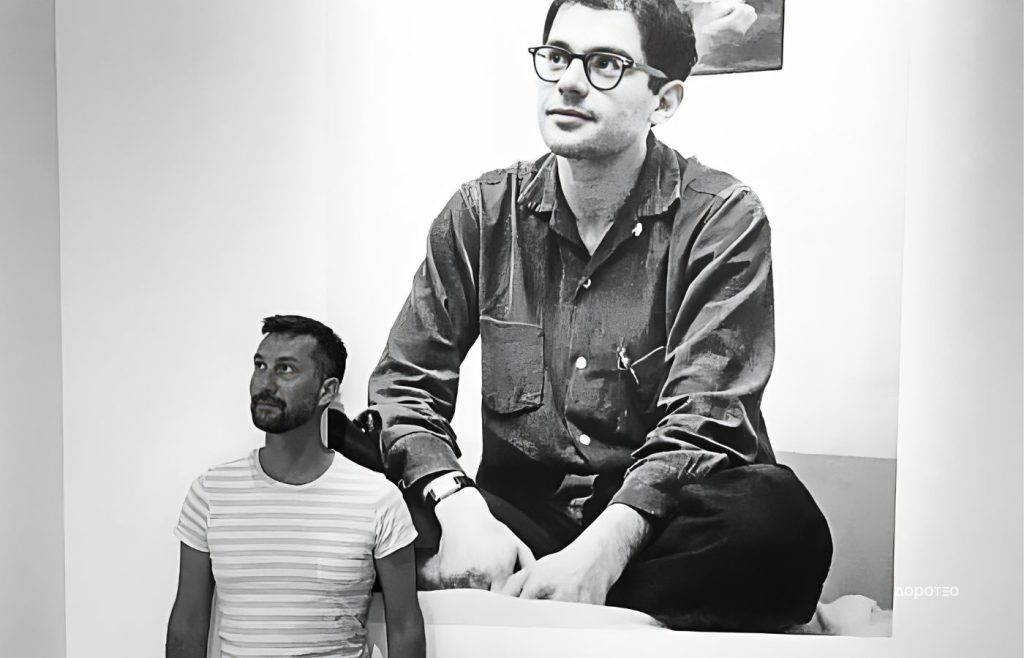
Philosophers, for example, rarely contemplate the classic interpretation of the performer or their identity. Instead, they are well-versed in the discourse of language that reflects associative semantic meanings associated with performance theories and the art of play. These very performance skills are used to construct real identities, both personal and societal. The act of speech (mine, yours, theirs) separates itself from the body/mechanism and asserts itself as verbal conscience and commitment that not only relates to the speaker but also represents a moral connection among actors, illustrating and allocating movements and gestures that become the foundation of discussion but also the product of new ideas about social roles and identities. I am not implying that everything performative, especially in an artistic context, carries elements of responsibility, but it contains traces of it because fundamentally, the role of identity, whether artistic or personal, reflects a chosen state.
In the pursuit of eristic, my intention is not to question the act of “performance” or thought, abstract or general, but to stimulate a nuanced discussion about different projections of identity, in reality or through metaphor. I ask whether we, in reality as well as somewhat in art, bear responsibility (verbal and, therefore, moral) for adopting a specific identity, or if the distribution of identity in society is reduced to our “artistic” capacity for performance that defies societal and cultural norms.
Many agree that gender identity, if it is part of identity (or identity in performance), is a “fluid” variable dependent on circumstances and the passage of time. It is observed from traditional to subversive angles and is analyzed equally in psychology and queer theories. A radical, in this case, progressive model interprets it as a personal experience that does not correspond to an individual’s current biological sex. A more socially general view considers our physiological characteristics in the category of gender while conditioning the question of gender definition on cultural differences, which would imply, in such contexts, that gender is identical to an individual’s sex.
Therefore, can identity be categorized, defined through two genders, or created as a new, third gender—or a new identity that explains the subtypes of symbolic signs of certain behaviors and performance processes?
Accepting “non-matrix” identities requires intensive work on the question of consensus regarding general social corporality (sexuality). Is a society, for example, that is sexually promiscuous, perverse, or fetishized internally discontinuous and unstable, or is it merely “playing a role” that represents a set of behaviors taken on for “benign” satisfaction? In other words, if there are derivatives of identities (inclusive and exclusive), can society be observed within general parameters?
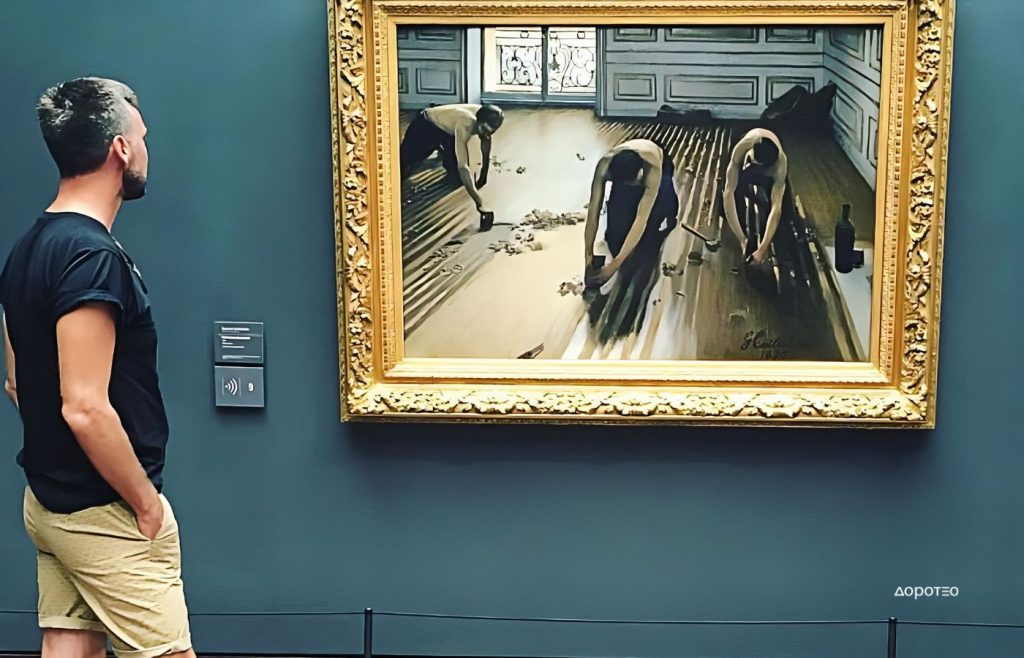
Where is the boundary between the end of performance and the beginning of the transition of identity from metaphor to reality? Performance identity is a constructed identity and can be seen as a performative achievement, much like acting, in which society believes and engages in a manner of conviction. However, it also takes on symbolic value through the decision to assume a role and should, at least ideally, rest on one’s own responsibility for actions. This is not a matter of doctrine but an awareness that we are the subjects of our constitutive acts and spoken thoughts.
Gender (primarily referring to gender identity, whether one’s own or adopted, not conditioned by a role) is by no means a stable identity or a starting point for different courses of action. Instead, identity is constructed over time and established through stylized performance, just as the category of gender is established through the stylization of the body. It must be understood as a worldly way in which bodily gestures, movements, and their various forms constitute real acceptance, not an illusion of gender’s permanence.
If the foundation of identity is the stylized repetition of acts over time rather than a seemingly flawless design, then the possibilities for transforming identity can be found in the arbitrary relationship between such acts, in the possibility of different repetitions, in breaking or, conversely, in the reestablishment of a new style of identity.
Freedom means taking responsibility for one’s identity, not necessarily accepting the reified and naturalized conception of existing structures conditioned by various factors that lead to social sanctions and taboos. While the performative context finds opportunities to challenge the reified status, why shouldn’t reality prove the same, even though in this interrelationship of concepts, sexuality is intertwined with structure and the power system?
Since artistic and phenomenological models are primarily understood as forms of creating identity through reflection and vision, the freedom to decide to possess one’s own integrated identity in all directions should not necessarily be viewed as an imagined illusion or anonymous belief that a different possibility exists. Accepting one’s own identity is the first sign of freedom because we are masters of our own identity.

Dalibor Jakus / Zagreb
Public relations expert specialized in strategic communication, media relations and storytelling.
In addition to his professional experience in public relations, he is the founder and author of articles on the blog DRUGI PAR GAĆA visual e-zine aimed at presenting the creative achievements of individuals from various fields of art, and the author of numerous professional and newspaper articles.
All images and materials are copyright protected and are the property of Mr. Dalibor Jakus and doroteo.rs

